Use these tactics
Let’s explore these tactics with an example: Pip’s Cafe
The cafe owners want to take a creative leap and make Pip’s Cafe unforgettable. See below how Pip’s Cafe uses these tactics to solve their problem.
1
Use The Philosopher to connect to the broader human experience
Use The Philosopher to connect to the broader human experience
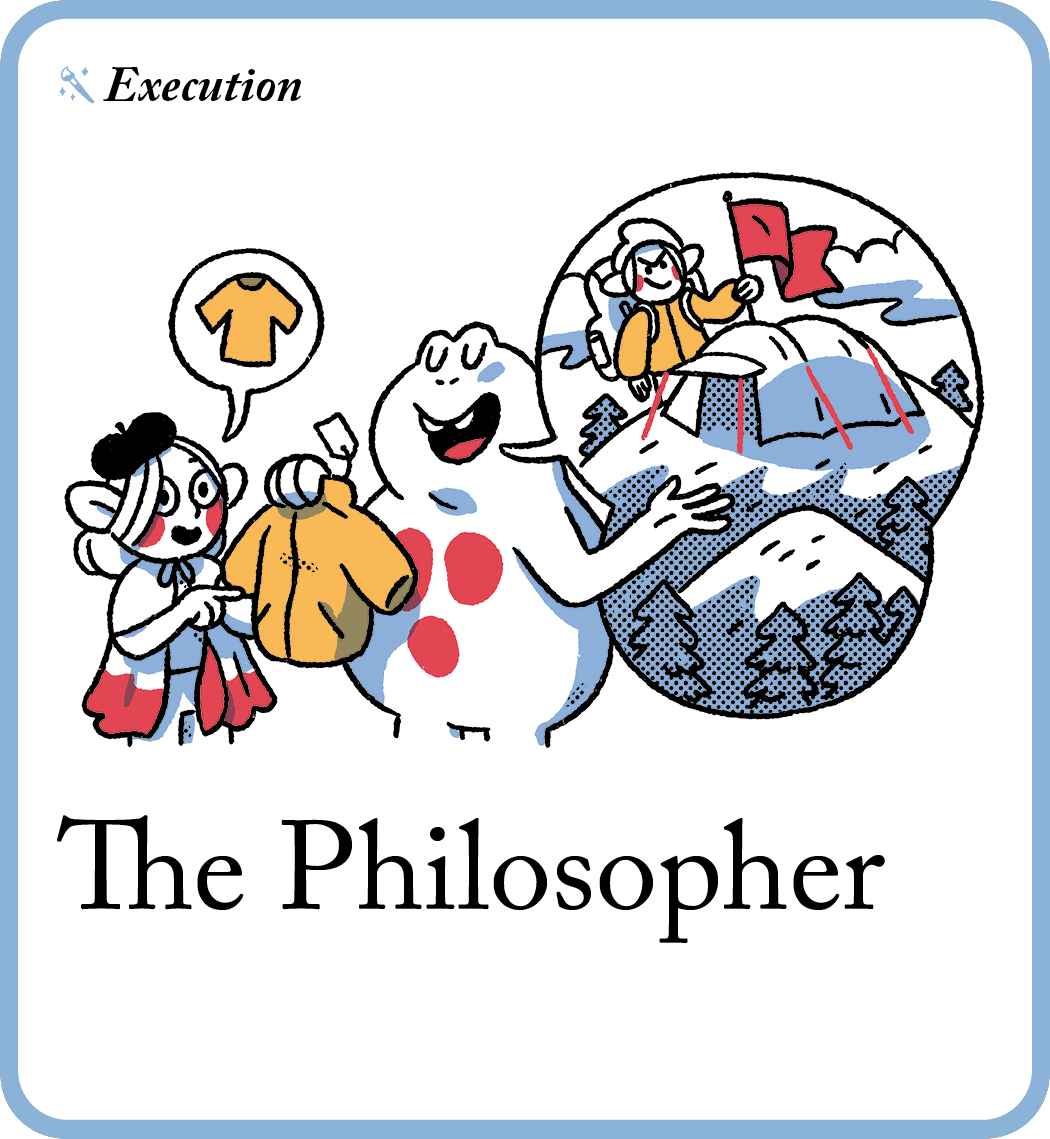
👥 Who is needed? One person and/or your team
⏱️ How long is needed? About 2 hours
🧠 What’s the goal? Extract a bigger philosophical belief from your strategy, allowing your brand to talk creatively and movingly about a wide variety of topics.
👀 Why is this important? It’s totally legitimate to be a brand that only talks about things in its category! But some of the greats have a ‘brand platform’ that gives them licence to talk about something bigger. They claim a wider part of the human experience, of which their brand is only a small facet. Use this tactic to discover if this powerful technique is open to you.
💡 Tip: if you’re in a low-interest category, proceed with caution. This tactic could make you sound too big for your boots! For example, when Hellmann’s mayonnaise ambitiously claimed to be all about ‘fighting food waste’, it provoked an investor revolt – some things just go a little too far.
Instructions
⬇️ In the next tactic, use the ‘big topic’ and core beliefs you have identified to inspire the transformation of unbranded elements of your business, with The Creative Canvas.
2
Use The Creative Canvas to find unexpected ideas
Use The Creative Canvas to find unexpected ideas
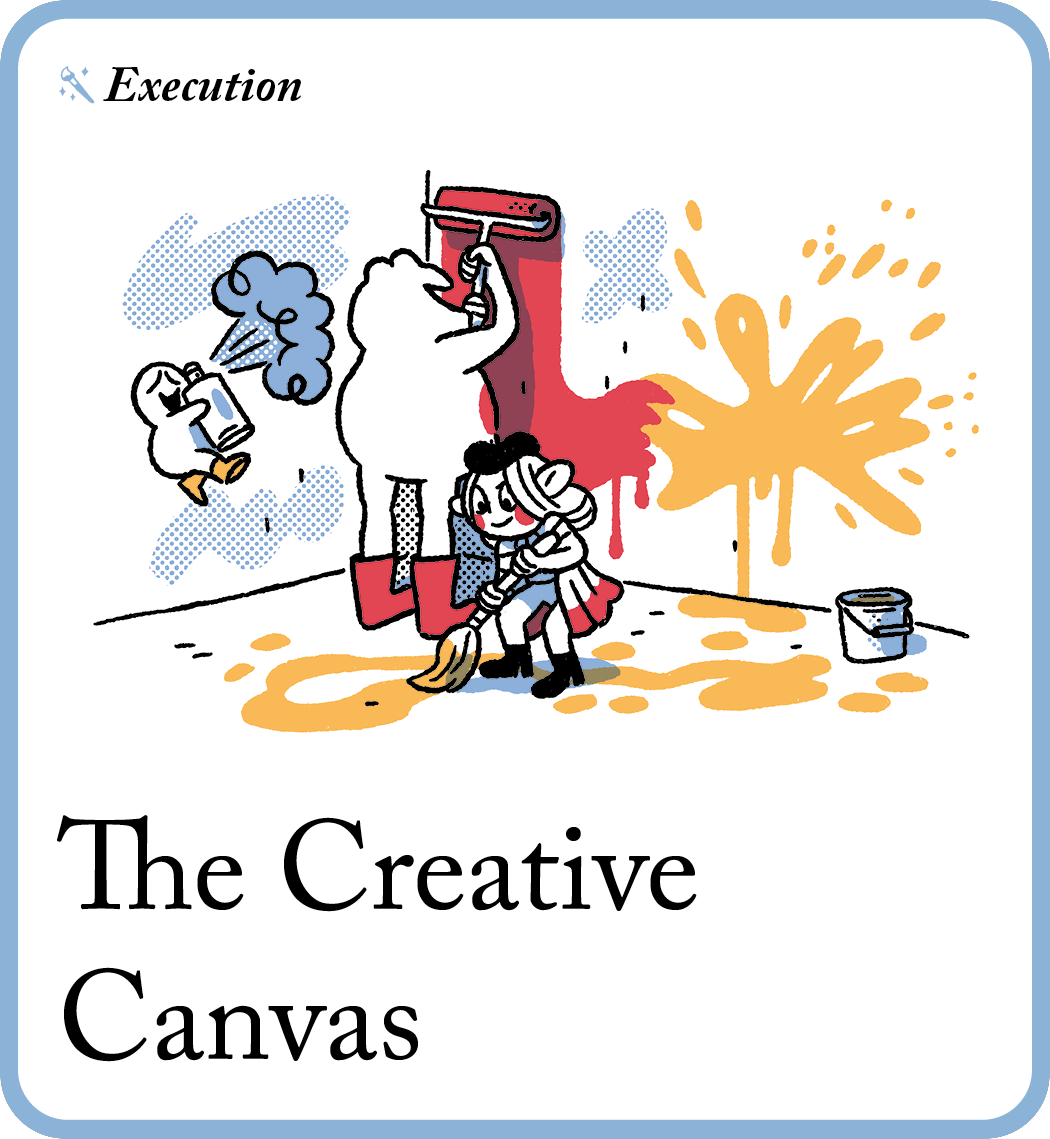
👥 Who is needed? One person and/or your team
⏱️ How long is needed? About 1-2 hours
🧠 What’s the goal? Turn your business into a living ad by mapping all the opportunities you have for creative expression.
👀 Why is this important? Great brands weave their creative thinking through the whole of their company – seeing everything as a potential ad. This tactic will help you uncover the unexpected parts of your business that could be twisted in a unique and compelling way.
💡 Tip: get out and about to see how other businesses – both similar and different to your own – put their own ‘stamp’ (or logo) on things that potential customers will experience.
Instructions
- In a group, list all consumer touchpoints – that is, elements of your business that a consumer might see or interact with. (Exclude traditional marketing media such as ads, website and social channels.)

- Break each one down to a granular level and mark it as either:
- Transform three ‘unbranded’ elements into ‘branded’ ones using your brand platform and value offering as guides. Ask: “How can you express the brand through a currently generic element?”.
Example: Considering our big topic of community belonging and the core beliefs identified in the last tactic, let’s refine the transformation of unbranded elements into branded ones to deeply reflect these insights.

⬇️ In the next tactic, bring your ‘big topic’, core values and inspiration from The Creative Canvas activity together to design a bold new move for your business, with Brand Stretch.
3
Use Brand Stretch to explore the wider potential of your brand
Use Brand Stretch to explore the wider potential of your brand
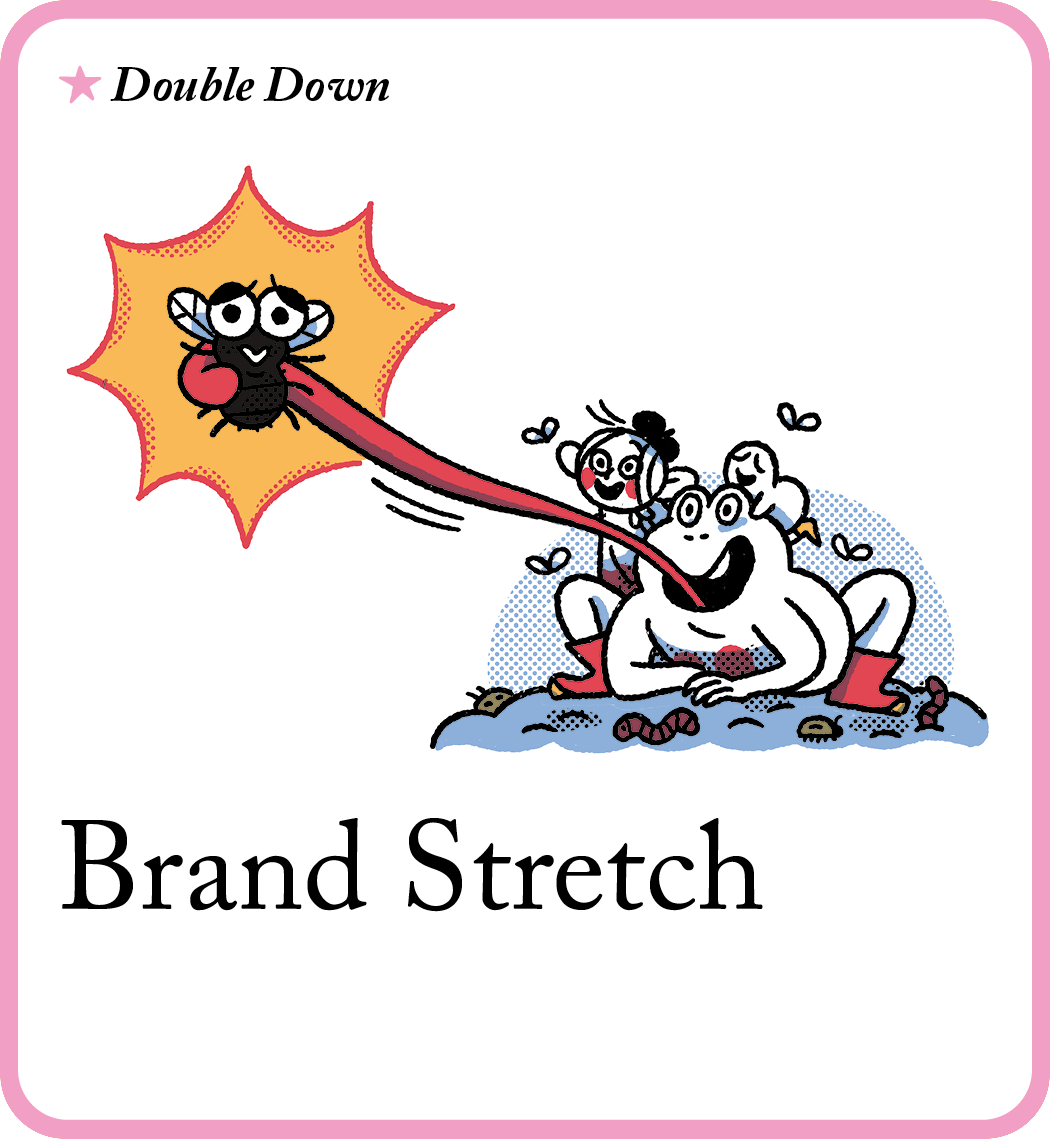
👥 Who is needed? The whole team
⏱️ How long is needed? About 3-4 hours
🧠 What’s the goal? Prove you really mean what you say by exploring the wider potential of your brand offering – away from your core business operations.
👀 Why is this important? What do you get for the brand that has it all? You’re clear. You’re sexy. You’re differentiated. You’re doing everything right. There’s only one thing left: brand stretch. The ultimate flex.
Think Red Bull inventing new sports, or Lego producing The Lego Movie, or the GoPro awards for the most awe-inspiring photography. This is where you go beyond business and become a cultural icon.
💡 Tip: choose a relaxed, inspiring environment away from your usual place of work to encourage open, creative thinking among the team.
Instructions
-
Gather your team in an informal off-site location. Share with them:
-
Your value offering (if you’re not sure what this is, try Value Mining)
Example: Pip’s Cafe offers a unique coffee experience that goes beyond the cup to foster a welcoming, inclusive community space, promoting local engagement. It serves as a hub for people to connect, share ideas, and contribute to a better, more cohesive community. -
Your brand platform (if you’re not sure what this is, try Power Platform)
Example: The brand is built on the pillars of community, sustainability, and unique coffee experiences. Pip’s Cafe positions itself as not just a place to get great coffee but as a community catalyst that brings people together, supports local artisans and farmers, and champions environmental responsibility. -
Your ‘Why’(if you’re not sure what this is, try The‘Why’)
Example:Pip’s Cafe exists to combat the growing sense of isolation and environmental disconnect in modern society by creating a space where people can come together over a cup of coffee, feel a sense of belonging, and be part of a community that values sustainability and mutual support. -
What you ‘believe’ (if you’re not sure what this is, try The Philosopher)
Example: Community is essential: We believe that a strong, supportive community is the foundation for individual happiness and societal well-being.
Tip: if that feels like a lot of extra work and additional tactics, that’s because this is the ‘final boss’ in terms of Brand Tactics. The more prepared you are, the higher the chance of success.
-
-
As a group, discuss potential manifestations of the brand in each of the following categories in turn:
-
Events: concerts, sports tournaments, festivals, communities – what could your brand host?
Example: Community Workshops and Talks: Host workshops that align with sustainable living, from composting to zero-waste lifestyles, or talks by local artists and activists. -
Contests: what battles or challenges would it make sense for your brand to sponsor/organise?
Example: Cultural Icon Angle: A “Pip’s Barista Battle” where local coffee enthusiasts compete in making innovative coffee drinks, emphasising creativity and community involvement. -
Platforms/communities: could you create a space for people to connect and collaborate under your shared interests and values?
Example: Online Coffee Enthusiast Forum: Develop a platform where coffee lovers can share brewing tips, favourite blends, and discuss sustainable coffee practices. -
Cause campaigns: which relevant social or environmental causes could you spearhead?
Example: Support for Local Producers: Launch a cause campaign to support local coffee bean farmers or artisans, highlighting fair trade and ethical sourcing. -
Content/entertainment: documentaries, podcasts, books, full-blown movies – could you stretch
to this?
Example: Podcast on Community Stories: Start a podcast featuring stories from within the cafe’s community, including customers, staff, and local partners, focusing on themes of sustainability, art and coffee culture.
-
-
Use these ideas for marketing or as profit centres in their own right. They prove you are serious about what you offer.
⭐️ Now that you have finished all the tactics, it is time to put what you have learned into action!
What ways can I use this recipe?
- The complete loop: this means short, separate sessions for each of the three tactics sequentially over an extended period of days, or even weeks.
- Full-day experience: do it all in one go! Spend a day diving deep and use all three tactics, with lots of breaks in-between.
Some tips
- Don’t lose sight of the goal. What we’re trying to do here is build a business that gives people something they want, but that they also can’t get anywhere else. So long as you keep that top of mind, you’ll move much quicker.
- Let things be a bit random. Don’t feel the need to be overly linear – the big breakthrough could come from any card at any moment.
- If in doubt, write. Write your current thinking in an email, to yourself, to a colleague, to a pal, whoever. It will really help to tidy your thinking and give you extra clarity.
What next?
Congratulations! You have completed a round of How to become a legendary brand ! You have discovered your brands connection to the broader human experience, found unexpected ideas, and explored the wider potential of your brand. It is now time to put what you learned into action!

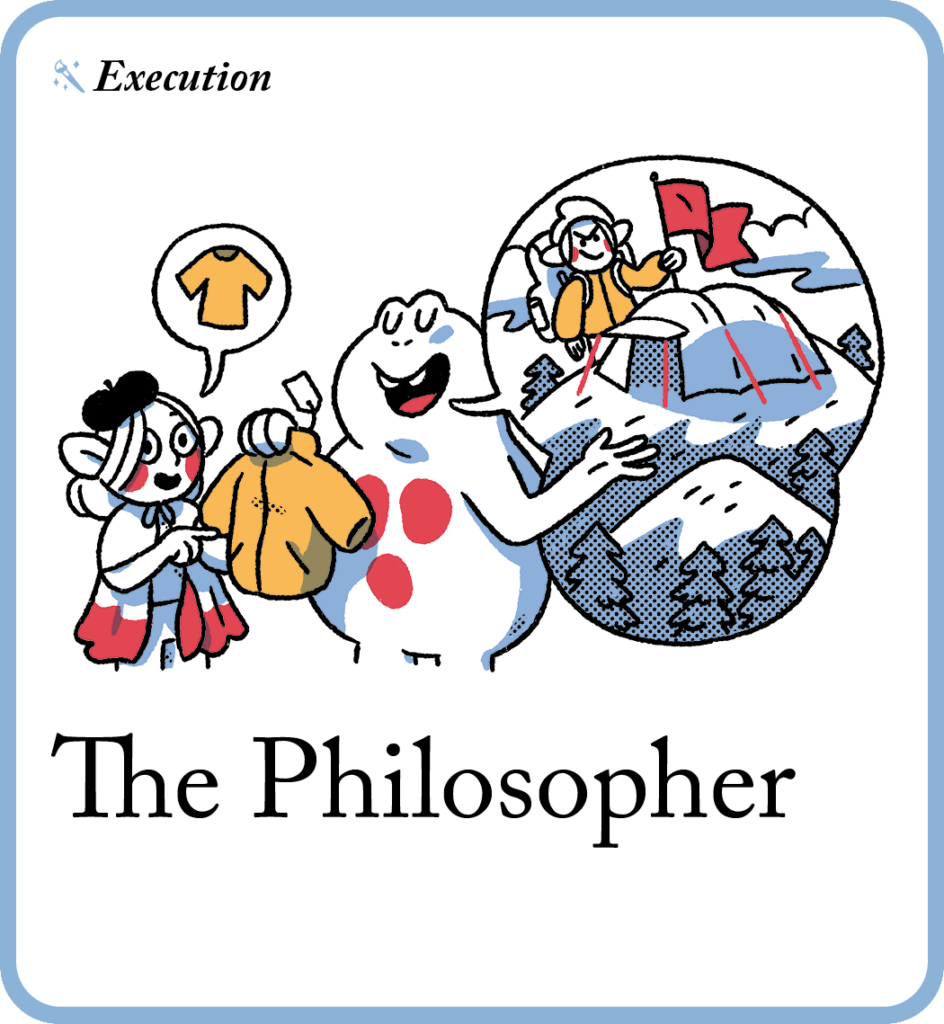
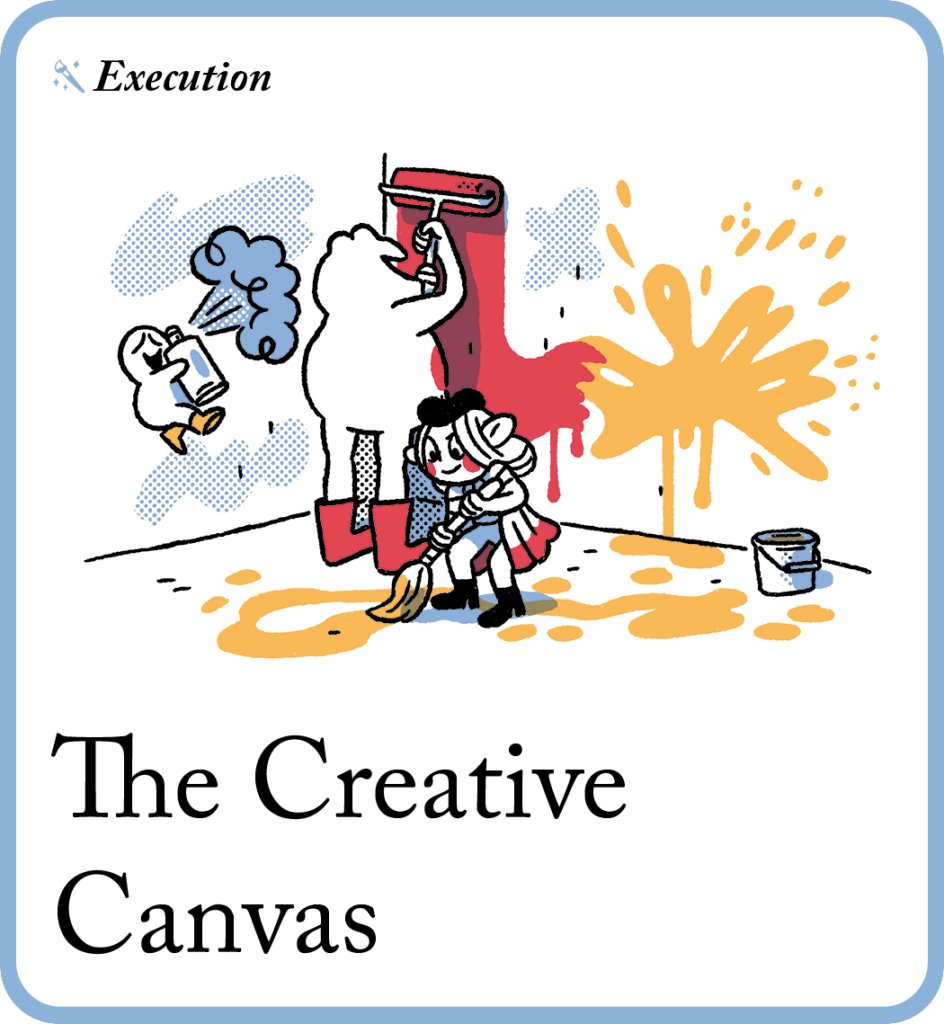
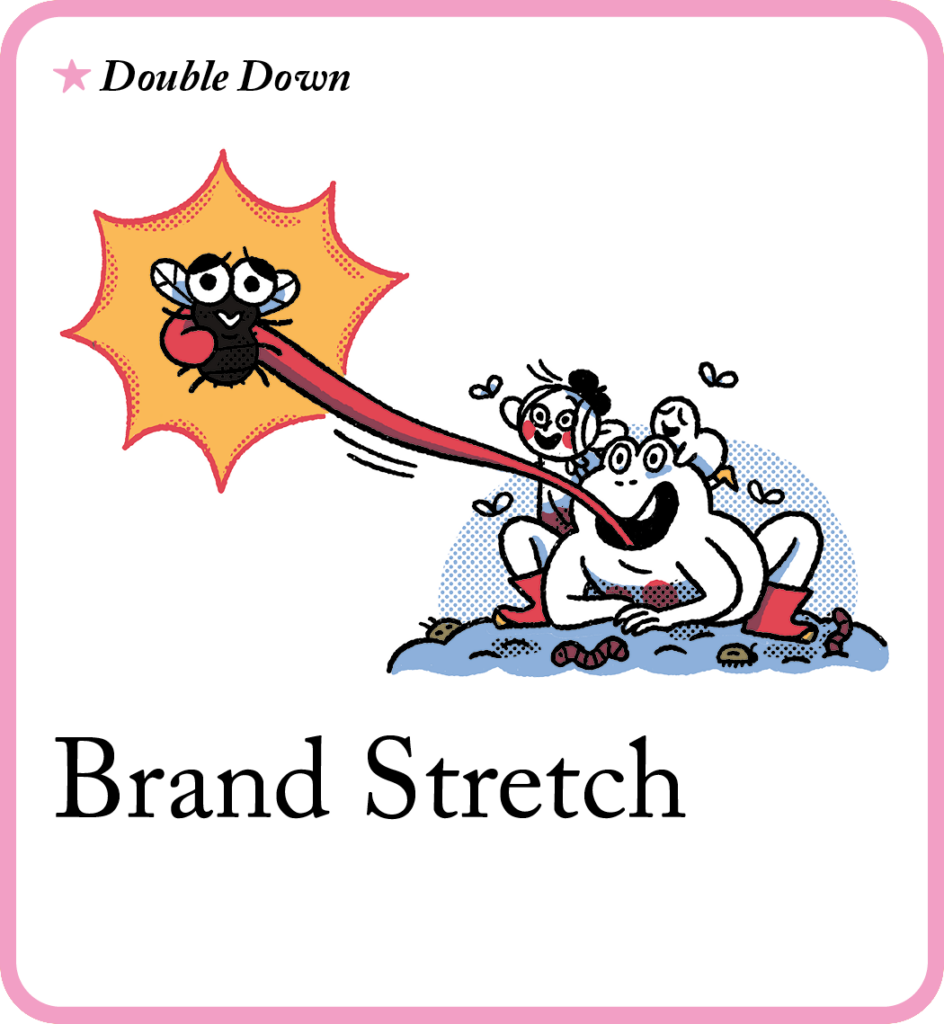
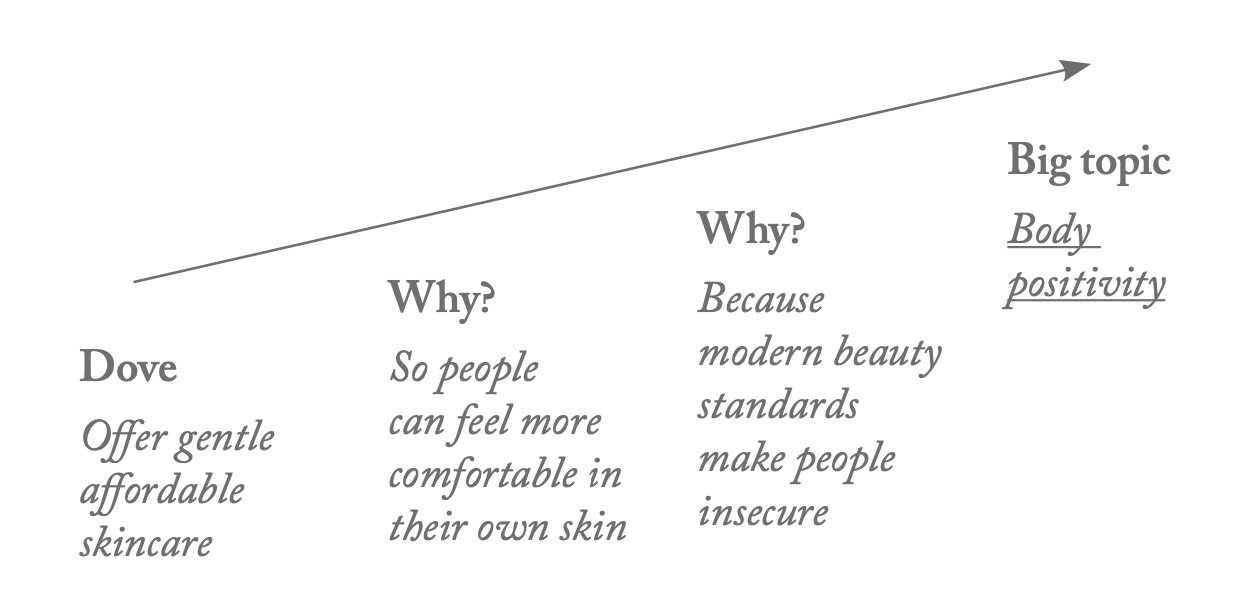





If you leave us your email, we'll let you know if we update this guide based on your feedback.